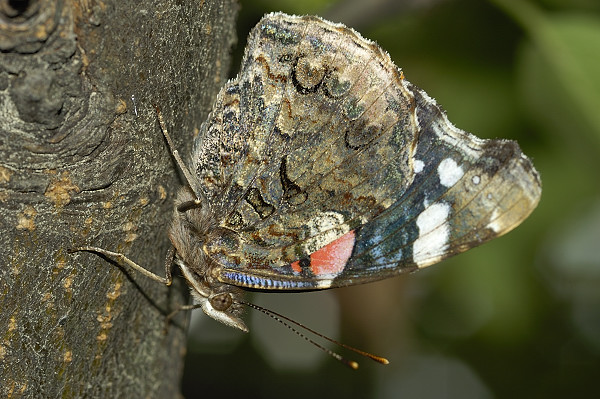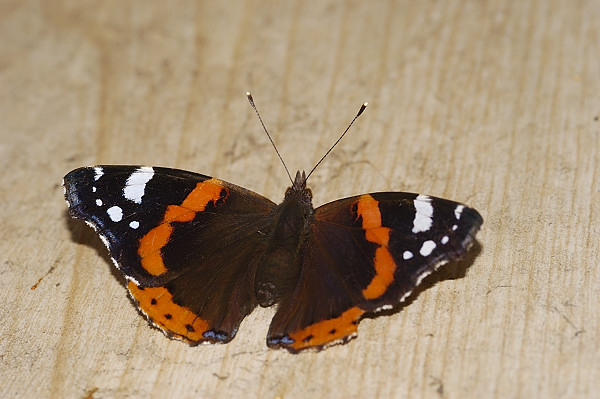Seriously chuffed with the solution to the HDD clicking issue. I felt like I was on a bit of a roll. So I thought…
“I wonder if I can solve the problem of the manic menus when the computer is tilted?”
…What? I hear you say. Well it’s the wierdest thing. Occasionally, I like to use my laptop lying down, either in bed or on a sofa. Sometimes if I have a document to read, I like to do it lying down. Sometimes I like to watch a video clip in bed. Well with this laptop, when I tilt it, the menus go crazy. For example, Firefox will work fine, but as soon as I try to use a menu, it’s as if the cursor buttons are held down and the “selected” menu item keeps moving from one to the next. It only stops when the laptop is moved back to level position. The best way for you to see it is on a video clip. So here you go…
[webplayer id=2]
I used to think is was an issue with the touchpad. But I found out it’s something else entirely. There are some very clever people out there in cyberspace, and if you will only wait several months, before long, someone else will come up with the same problem and publish a solution. As it happens, this is what occurred here. Just in case that link disappears, the text is here…
I have a Studio 1557 core i7 laptop, which started to exhibit strange behaviour when the laptop was tilted in any direction other than level. When tilted windows (v7 64bit) would automatically switch between menu options and tabs with no user input. After going through a lengthy diagnostics session, I identified an issue with windows update installing the wrong driver for the ST Micro Accelerometer. Windows update identifies the device as an ST Micro ScreenDetection Sensor. If this driver is installed, Dell’s FreeFall application (HDD shock protection) no longer functions, and windows goes ‘wonky’ if the laptop is tilted.
Because the hardware is buried in amongst the Systems Devices section of the device manager, some people may not even know they have an issue.
To confirm if windows update has already installed the wrong driver, you can either :-
a) launch Device manager, expand System Devices and check to see if you have ‘ST Micro ScreenDetection Sensor’ listed (‘ST Micro Accelerometer’ is correct).
b) launch control panel, and select FreeFall Data Protection. If the application fails to launch or you get an error, then its likely the wrong driver is installed.
Now, when I bought my Dell Studio 1557, I didn’t go for the upgraded freefall HDD, so it would never have occured to me that my pc has a freefall sensor onboard. But it does. Not only that, but it appears that Windows 7 “updated” the driver on a windows update and that has caused this issue. If I uninstall ‘ST Micro ScreenDetection Sensor’ drivers, the problem ceases.
I tried installing the proper drivers for this accelerometer, but it gave an error message every time I boot up (which is more annoying than having to occasionally uninstall the drivers, which reinstall themselves when you reboot). So if I want to read lying down, all I have to do is uninstall the ‘ST Micro ScreenDetection Sensor’ drivers and then it works normally. I could delete the drivers permanently, and if I need to, I will. But for the moment I don’t feel the need.
Hey – I think, after 10 months I’ve finally got this laptop working the way it should. 😀
Update: I ended up permanently deleting the driver and the error message came back, so this morning I installed the driver from the Dell site. Let you know how it goes next time I reboot.



 )
) .
. .
.








